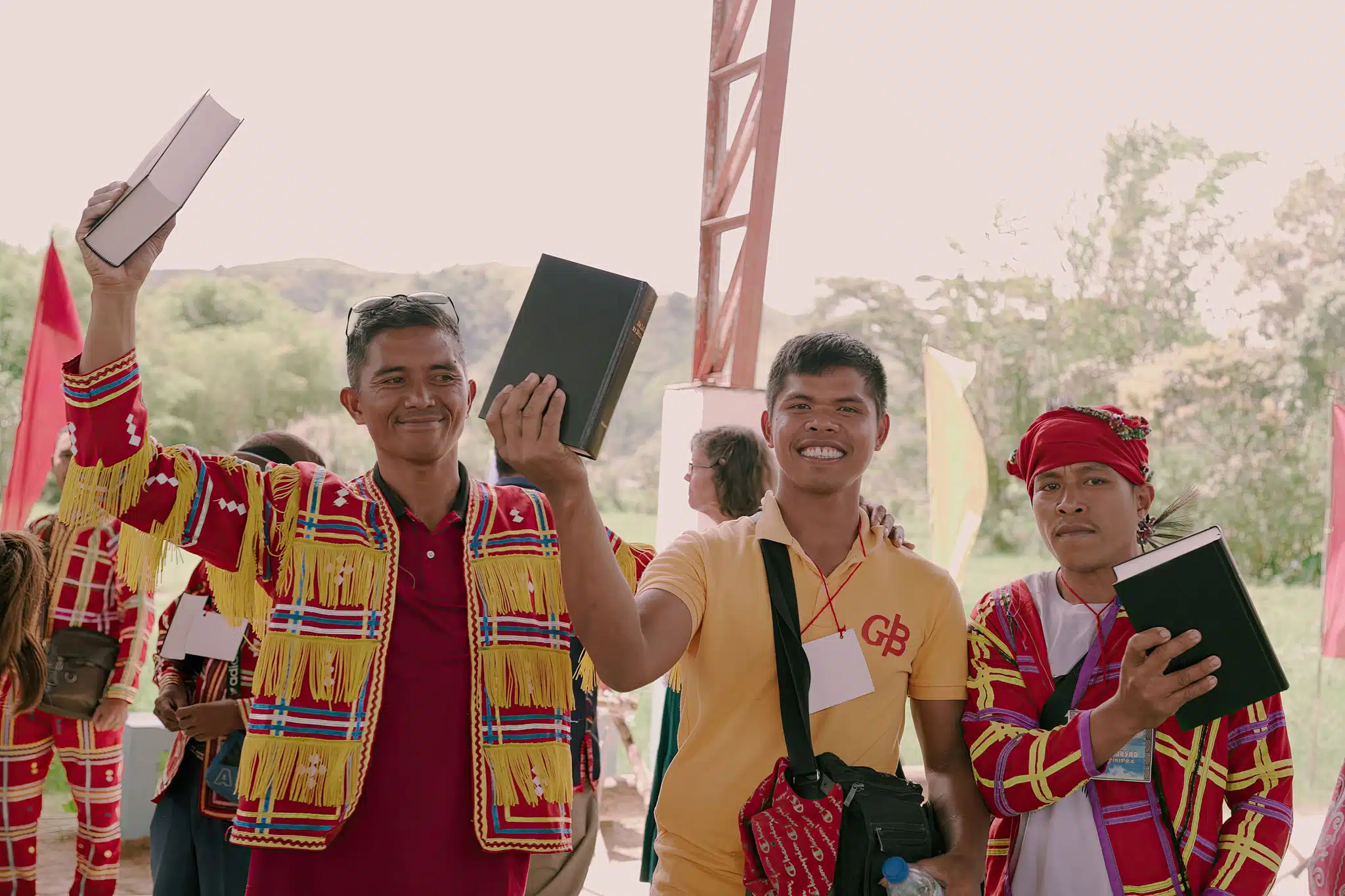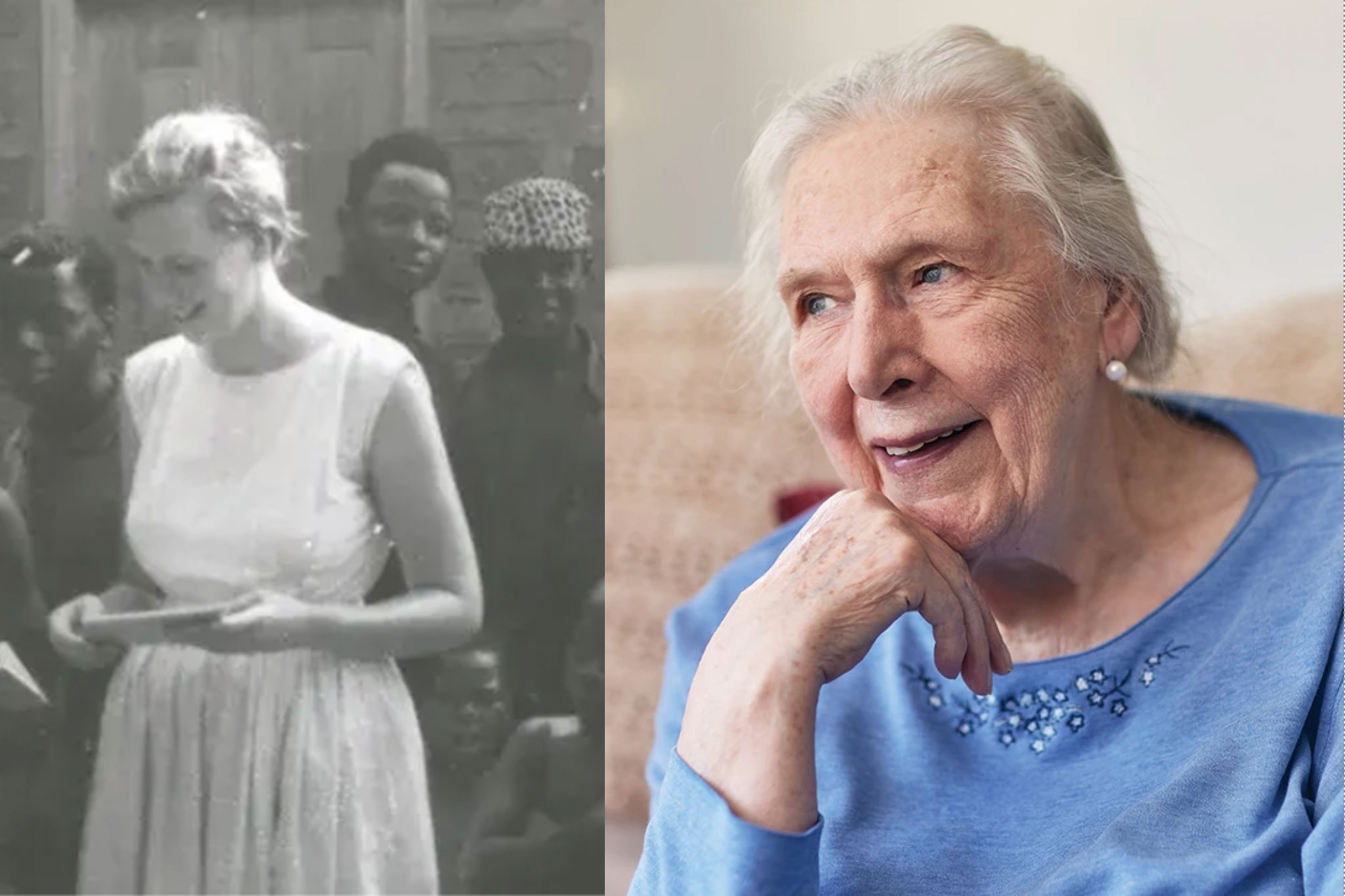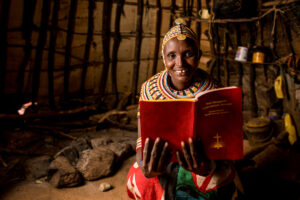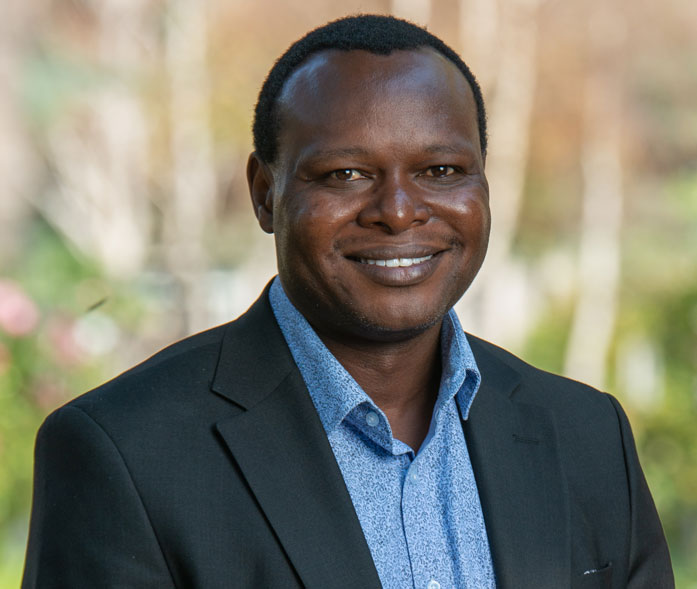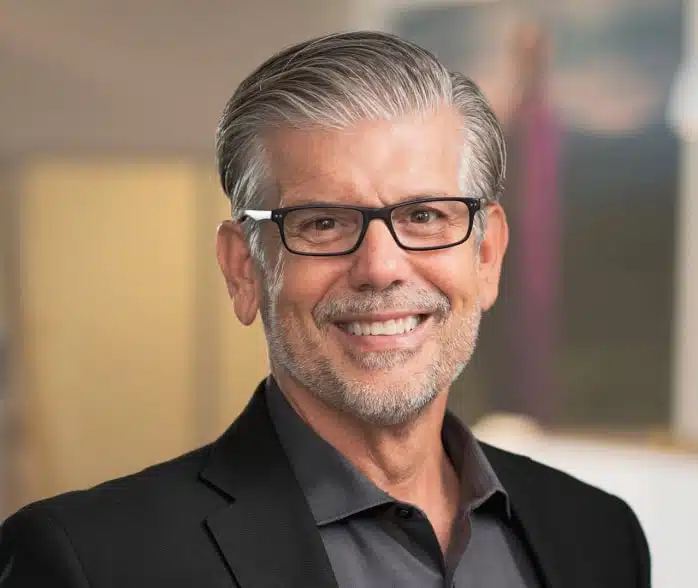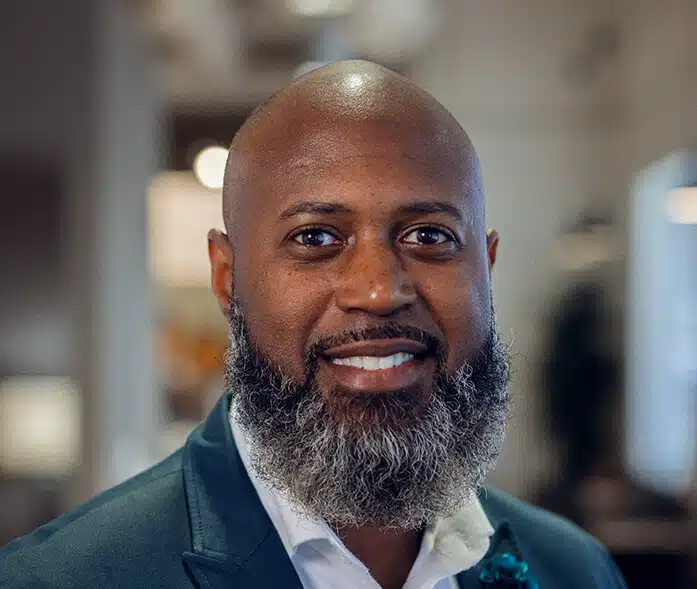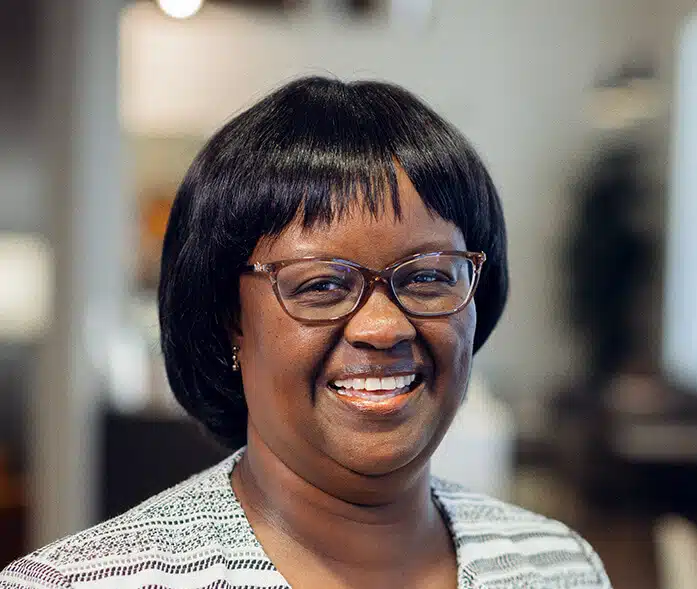How a story in her language set Lydia free.
The knock on the door was sudden. Lydia* was accustomed to visitors; her neighbors often sought her out for help. They knew her by her matted hair—a symbol of her allegiance to her god.
But lately, things had been changing. Her witchcraft wasn’t working.
The knock at the door was not from a neighbor. It was the same woman who had visited before to tell Bible stories. Lydia’s son and daughter-in-law believed the stories, but she remained skeptical. Yet, the storyteller kept coming. Kept talking—in Lydia’s language—about a man called Jesus.
The woman sat in the family’s home and shared two stories: about Jesus casting out demons and raising a widow’s son from the dead. Though initially resistant, Lydia decided to listen.
In Lydia’s Asian culture, witchcraft can bring a person status or stigma. Practitioners may use it to threaten others or to pray for their healing. Often, they perform their rituals in exchange for goods or even land, insisting that their gods will not act without gifts. When Lydia’s family began praying to Jesus, she found that her craft, a mainstay of her identity for many years, was fading.
The stories about Jesus’ miracles resonated with Lydia; she was captivated by the God whose power and compassion is so much greater than her own. She decided to do something that would sever her ties to witchcraft and signify allegiance to the God of the Bible: She cut her hair. When the storyteller visited again, Lydia showed her the matted hair in a bag.
The team translating stories into Lydia’s language is also leading local Bible studies. These groups help people like Lydia connect with the stories of Scripture and respond to the gospel. Lydia now goes to the group regularly, and people have noticed a change—she has stopped practicing witchcraft, even though others have threatened her for it. Instead, she trusts in the power of Jesus. And it all started with stories told in her own language.
*Pseudonym

